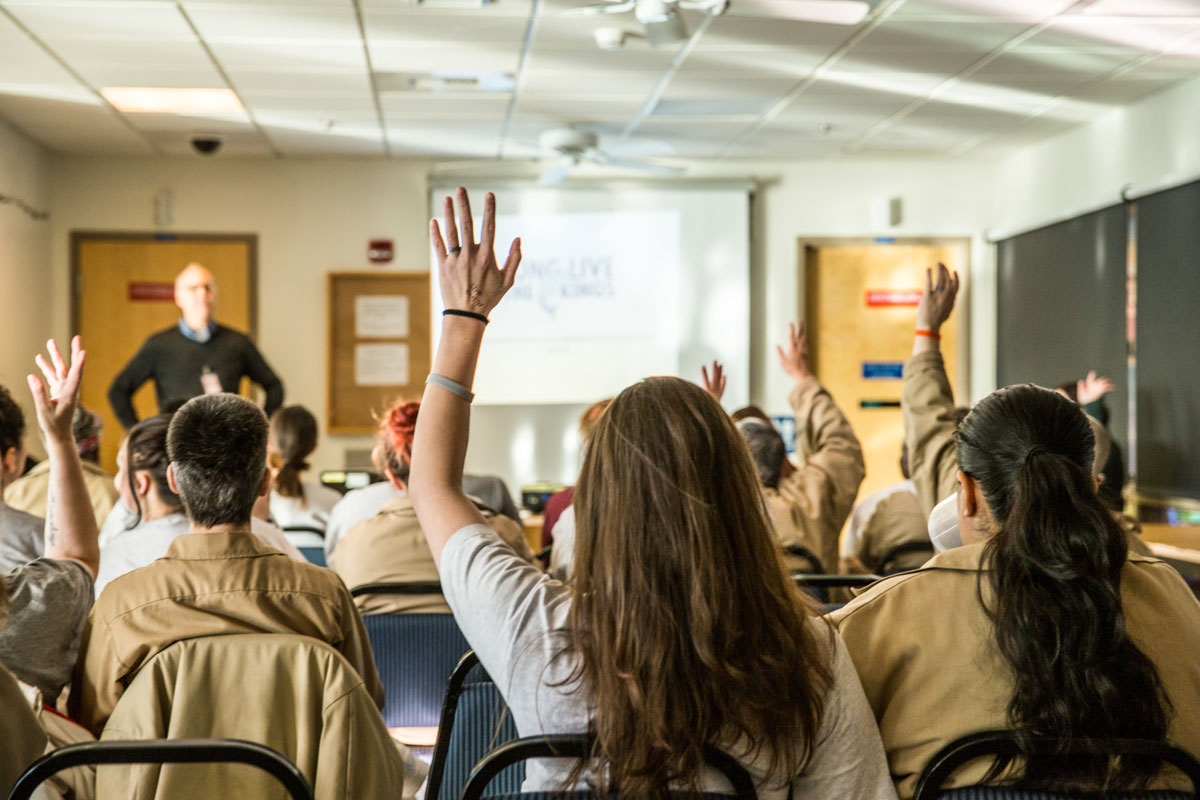By Carly Rose, Curriculum Development Coordinator at SPP-Evergreen

What makes a garden in prison worth tending, and how does an incarcerated person know that gardening is a good fit for them? The history of agriculture in the U.S. has encompassed both incredible advances in supporting human health while also contributing to historical oppression. Especially given that history, whether or not to garden should be the decision of the gardener. Especially in prison, how does an incarcerated person know that gardening is a worthy part of their journey?

I have created a list of conditions that I believe signify that the person is right for the garden and the garden is right for them. These principles may be considered by any gardener, whether inside or outside of prison.
1. You want to grow plants.

2. You find joy in growing plants. Gardening is an act of dedication, patience, and surrender, and not everyone finds joy in such a commitment. When you are in the garden, if you lose track of time, if you find yourself reveling in the small details of the garden, if you find yourself a student of the garden, then the garden is for you.
3. The act of gardening reflects your inner self. You can see yourself in the cycles of the garden.
4. Your body, mind, heart, and spirit want you to tend the garden.

5. Gardening connects you to your community. Whether you produce beautiful flowers and food for people, animals, or insects, aquatic plants to oxygenate bodies of water, shrubs, and trees to oxygenate the air, you will be able to sense the ways that gardening connects you to your world.
6. Gardening connects you to your culture. In almost every culture of the world, people cultivate plants to feed their community. If gardening connects you to your culture, it is a gift to you and your loved ones.

Gardening is not everyone’s cup of chamomile tea – and it shouldn’t be. As a collective, we are made stronger through a diversity of interests and talents, and gardening is only one. For those of you who are willing, joyful, and overwhelmed with the beauty (ok…and work) at harvest time, I hope the seasons are kind to you this year.






































